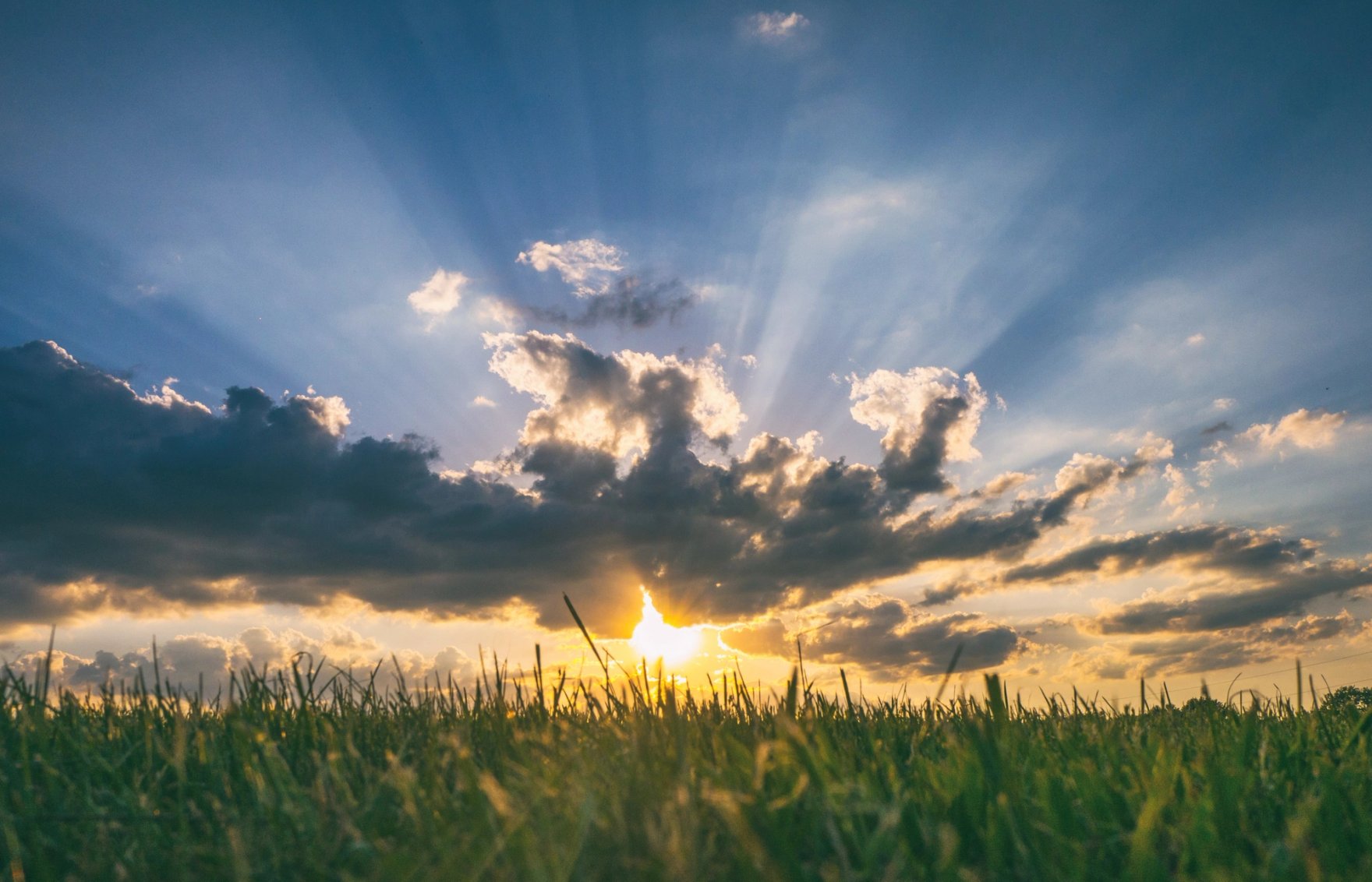
Climate change has presented daunting challenges to wildlife around the globe. Luckily, global partnerships are being formed to tackle these challenges and their accomplishments are impactful. These partnerships play a critical role in protecting this planet’s wildlife and ensuring a habitable future for all.
The Global Ocean Alliance
The Global Ocean Alliance was established in the United Kingdom in 2019 in response to the growing need for concerted efforts to protect the world's oceans. The Alliance, a collaborative effort between NGOs, governments, and other key stakeholders, aims to protect 30% of the world's oceans by 2030. Through their Ocean 30x30 initiative, they are working to secure firm global commitments to this goal and mobilizing groups worldwide. Since its launch, the Global Ocean Alliance has made tremendous strides. In 2020, they created the Global Ocean Treaty to protect marine biodiversity in the high seas. The Treaty has since received the support of 50 counties, a crucial step toward the 30x30 initiative. The Global Ocean Alliance also called on the United Nations to include the target of protecting 30% of the world's oceans by 2030 in its biodiversity framework. In December of 2022, at a United Nations conference in Montreal, a pledge was made to this exact goal, but this was not the end of the UN's commitments. In March of this year, UN delegates reached an agreement that "would place 30 percent of the world's oceans into protected areas, put more money into marine conservation, and covers access to and use of marine genetic resources." This historic victory was made possible in part by the tremendous work done by the Global Ocean Alliance to advocate for greater marine protection and is a testament to the impact of global conservation partnerships.
The International Rhino Foundation
Species conservation partnerships have also been ramping up to place heavy emphasis on the protection of endangered species. The International Rhino Foundation works with local communities, governments, and NGOs to restore rhino habitat, monitors and protects rhino populations, and promotes awareness about their endangered species status. The group has been involved in a number of conservation efforts, including one in the Lowveld region of Zimbabwe, which was aimed at restoring the black rhino population. Throughout the course of their involvement, the group helped increase the black rhino population from 500 in 1992 to over 1000 at present day. The group was also heavily involved in anti-poaching efforts in Zimbabwe, which is a primary threat to the species. The International Rhino Foundation supported training and education efforts in 2020, significantly reducing the number of poaching incidents in the country. In addition, the group places a strong emphasis on community engagement as a foundational pillar of conservation efforts. They have worked with local communities and local rangers in Zimbabwe and Indonesia to bring awareness to the importance of rhino conservation. Further, as there is an economic element of rhino poaching in some areas, they provide training on alternative, sustainable livelihoods that can provide alternative revenue streams to maintain local economies while protecting endangered species.
The Tarímiat Pujutaí Nuṉka Reserve
On land, conservation partnerships focus on preserving landscapes and endemic species. In February of 2023, Ecuador officially recognized a new reserve that will protect over 3 million acres in the Amazon Rainforest. The Tarímiat Pujutaí Nuṉka Reserve was established after extensive campaigning from members of local Indigenous groups who had expressed concern about the adverse impacts that mining, logging, and cattle ranching were having on the land and the resulting deforestation. The area had previously seen some of the highest deforestation rates, losing nearly 22,000 acres of forest cover yearly. Due to its density, the rainforest acts as a carbon sink, leeching more carbon from the atmosphere than it produces, making it all the more critical to preserve. Further, the three million newly protected acres include a range of diverse ecosystems, including "cloud forests, sandstone plateaus, Amazonian lowlands, and floodplain forests." This area will act as a wildlife corridor connecting thousands of species to other protected land in northern Peru and eastern Ecuador. The planning process for the reserve was an involved partnership between the local government, Nature and Culture International, and four Indigenous groups which included many iterative consultations to ensure that the needs of the Indigenous groups were being met. This effective partnership resulted in one of the largest reserves in the region, a huge win for native communities, species, and the range of ecosystems in the area.
Partnerships are Crucial
These three partnerships reinforce the importance of global collaboration to protect natural habitats and wildlife. The Global Ocean Alliance, the International Rhino Foundation, and the Tarímiat Pujutaí Nuṉka Reserve all bring together diverse stakeholders to work towards common goals and in doing so, are making tremendous progress in protecting the future of the planet.